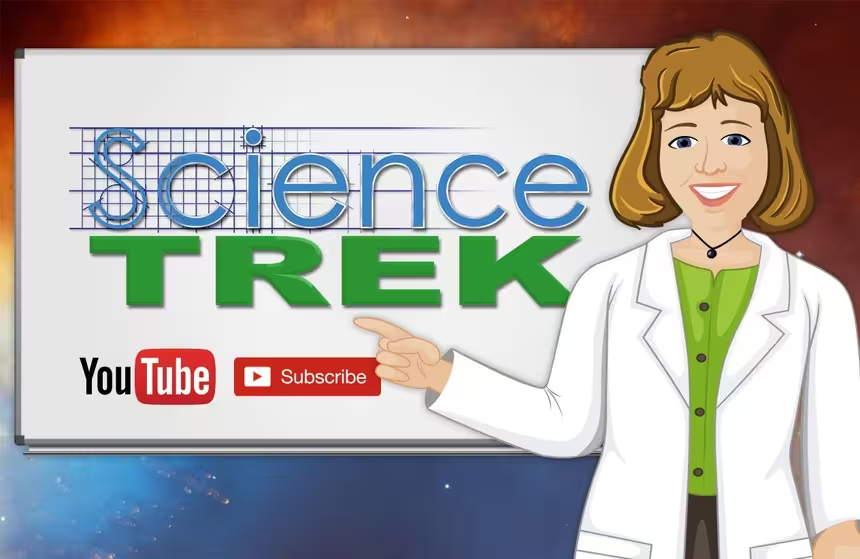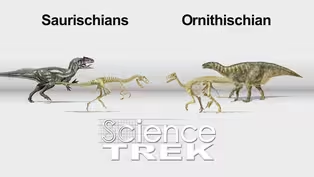
Dinosaurs: Plates and What We Don't Know
Clip: Special | 1m 4sVideo has Closed Captions
How has the Earth changed since the time of dinosaurs?
The Earth looked very different when the dinosaurs lived. Find out more about where dinosaurs lived and what we don’t know about these fascinating creatures.
Problems playing video? | Closed Captioning Feedback
Problems playing video? | Closed Captioning Feedback
Science Trek is a local public television program presented by IdahoPTV
Major Funding by the Laura Moore Cunningham Foundation and the Idaho National Laboratory. Additional Funding by the Friends of Idaho Public Television and the Corporation for Public Broadcasting.

Dinosaurs: Plates and What We Don't Know
Clip: Special | 1m 4sVideo has Closed Captions
The Earth looked very different when the dinosaurs lived. Find out more about where dinosaurs lived and what we don’t know about these fascinating creatures.
Problems playing video? | Closed Captioning Feedback
How to Watch Science Trek
Science Trek is available to stream on pbs.org and the free PBS App, available on iPhone, Apple TV, Android TV, Android smartphones, Amazon Fire TV, Amazon Fire Tablet, Roku, Samsung Smart TV, and Vizio.

Science Trek
Science Trek is a place where parents, kids, and educators can watch short, educational videos on a variety of science topics. Every Monday Science Trek releases a new video that introduces children to math, science, technology, engineering, and math (STEM) career potentials in a fun, informative way.[MUSIC] Joan Cartan-Hansen, Host: The Earth's crust is made up of lots of sections called plates.
And during the time dinosaur roamed the earth, the surface of our planet looked very different.
When dinosaurs first appeared in the Triassic period, all the world's land were joined together in a super continent called Pangaea.
In the Jurassic period, the land mass had split into two continents: Gondwana and Laurasia.
And in the Cretaceous period, the land masses we know today were starting to appear.
With everything we've learned about dinosaurs, there are still some things we don't know.
We don't really know what dinosaurs sounded like.
We don't know what colors dinosaurs were except for the Sinosauropteryx.
It was orange with white rings down its tail.
And we don't know how many dinosaurs there really were.
But that's okay.
It gives us a chance to learn more.
Check out the science trek website for more information about this and all our science topics for kids.
You'll find it at ScienceTrek.org [MUSIC]
Video has Closed Captions
Clip: Special | 1m 4s | Look to the hips to classify dinosaurs. (1m 4s)
Providing Support for PBS.org
Learn Moreabout PBS online sponsorship
- Science and Nature

Explore scientific discoveries on television's most acclaimed science documentary series.

- Science and Nature

Capturing the splendor of the natural world, from the African plains to the Antarctic ice.












Support for PBS provided by:
Science Trek is a local public television program presented by IdahoPTV
Major Funding by the Laura Moore Cunningham Foundation and the Idaho National Laboratory. Additional Funding by the Friends of Idaho Public Television and the Corporation for Public Broadcasting.
